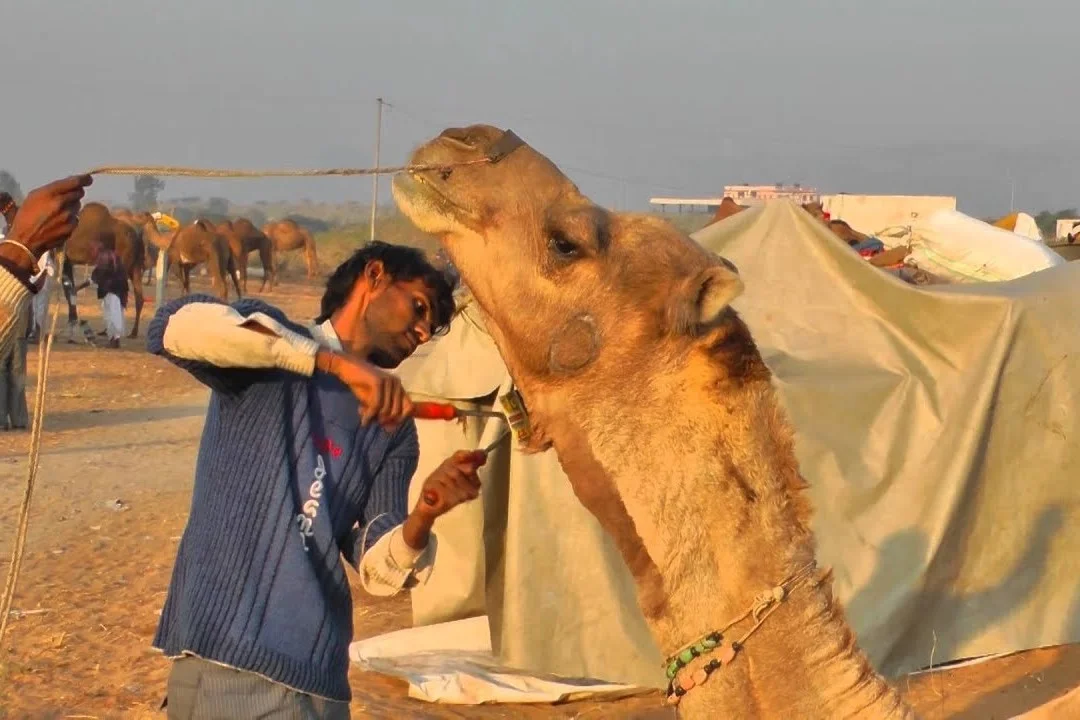Camel bones

The history of the use of camel bones in the manufacture of various products dates back many centuries. Camel bones were used to make agricultural tools and tools for daily use, suggesting their vital role in the lives of communities that depended on mobility and migration.
Camel bones formed an ideal material for the manufacture of handicrafts and souvenirs. A wide range of products can be designed as unique gifts of cultural and historical value. Camel bones are also used to make everyday utensils such as spoons, forks, plates and even kitchen utensils. These products give a distinctive heritage character that will enhance the demand for these tools in the local and international markets.
Camel bone products are not only artifacts, but also carry an important cultural and economic dimension, as the industry is a means of expressing identity and cultural heritage, while providing a source of income for artisans and artists in society. Some countries have tended to preserve this heritage of the “camel industry”, especially in the field of the art of transforming camel bones into distinctive products, where bones are collected and carefully cleaned before starting the process of forming and carving using traditional tools, so the bones are carved, broken up and converted into masterpieces and decorative tools comparable in quality to products that are made from competing alternatives, for example, camel tusks are made of women’s earrings, in addition to other decorative tools that adorn women.




